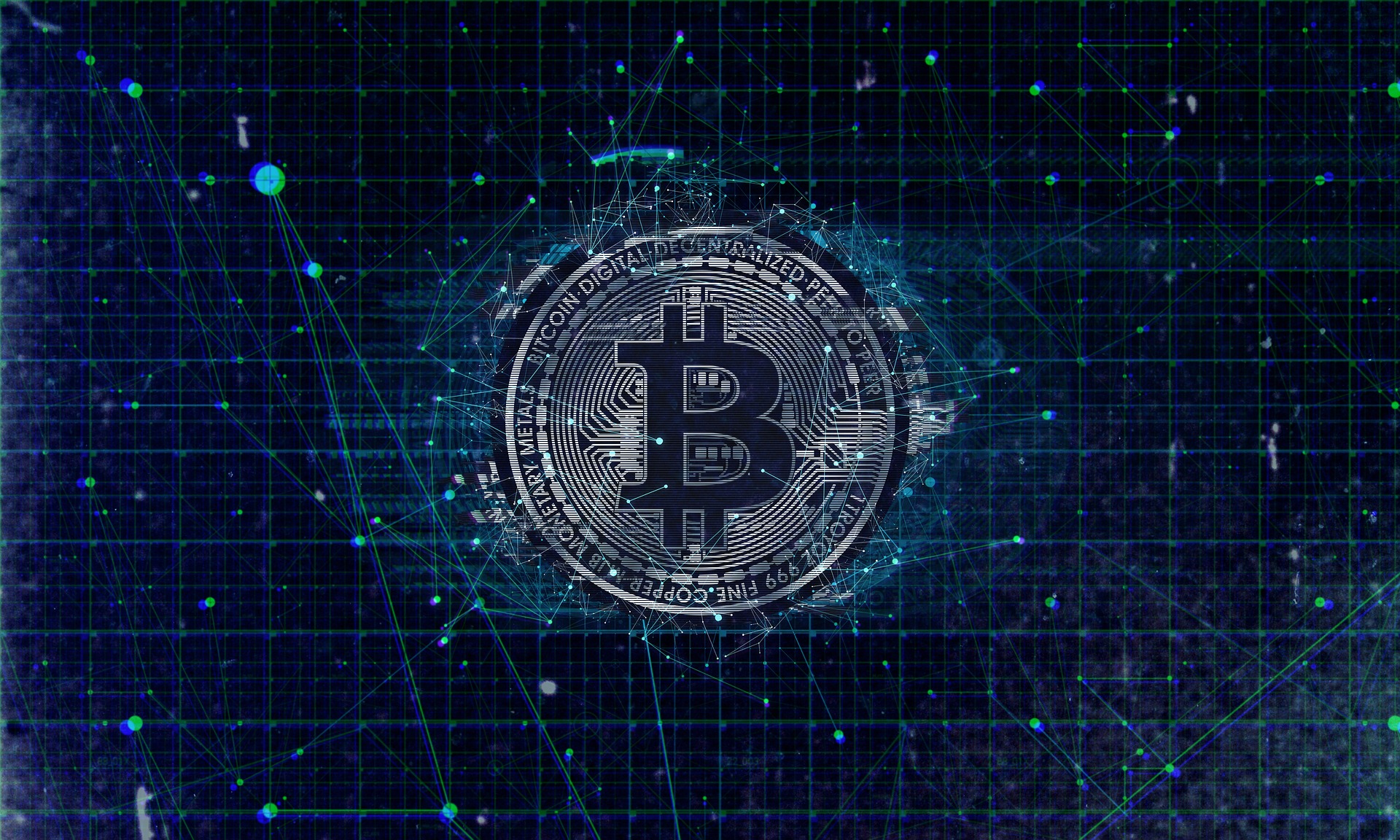3 Ways That Blockchain Can Help the Healthcare Industry Focus More on Patient Care and Less on Administrative Headaches

The healthcare industry has unique data management needs as it deals with patient information that is sensitive, personal, and confidential. However, this data is often stored and spread across different facilities and providers, which can result in tedious and inefficient processes – especially when this data needs to be accessed in an emergency. Blockchain technology is thus ideal to solve these challenges. It can store and securely encrypt patient data such as medical records, securely and automatically update patient data across multiple locations, address inefficient practices, and prevent data breaches. Discussed below are only a few of the ways blockchain technology can help healthcare.
Primer: What is Blockchain?
As a quick refresher, a blockchain is a digital ledger that contains an immutable historical record – or chain – of all transactions that have occurred on that blockchain’s network. The digital ledger is transparent, which allows for information counter-checking and makes falsifying information difficult. In addition, because the data entered on the blockchain is immutable, no individual person can change a transaction after being recorded on the shared ledger.
3 Ways Your Healthcare Organization Can Thrive with Blockchain
Any healthcare operation can improve its processes – and reduce its legal risk – by adopting blockchain technology into day-to-day operations. Here are but three ways to consider joining the blockchain revolution
1. Better Patient Data Management and Sharing
One of the largest challenges facing the healthcare industry is the secure storage and transfer of patient information. Oftentimes, siloed record-keeping systems can result in conflicting, ambiguous, or incomplete records. In addition, patients are often required to personally carry their medical information when doctors refer patients to other physicians. This invariably leads to poor data handling, increased security risks, and inadvertent disclosures – especially if healthcare practitioners use outdated and unsecured systems that are not connected with other healthcare systems and applications. These challenges result in wasted resources, time, and potential legal exposure.
The inherent features of blockchain technology, however, can enable the owner of medical data to maintain its privacy while also providing a vehicle for patients, doctors, and healthcare providers to share the same information rapidly and securely. For example, when a medical record is created, it can be securely stored on the blockchain and encoded with a private key. This way it’s only accessible to certain individuals, giving patients more control over their own records and ensuring privacy without the need for a central gatekeeper. In addition, blockchain technology can reduce patient documentation errors and issues resulting from conflicting data among medical practitioners. Moreover, blockchain technology, in combination with smart contracts, can set parameters that only allow access to patient data in compliance with a patient’s consent policy.
Overall, the application of blockchain technology in the healthcare industry can create a single system for secure and constantly updated health records that can quickly be accessed and retrieved by authorized users. In addition, avoidance of miscommunications between different healthcare professionals caring for the same patient can prevent countless mistakes and result in faster diagnosis and care that can be personalized to each patient.
2. More Payment Efficiency
One of the most significant, frustrating, and time-consuming issues healthcare practitioners deal with is getting paid. The current healthcare system often utilizes micropayments run through centralized third-party services to settle payments. This process, however, is slow, vulnerable to hacking, results in high fees over time, and is not transparent.
Blockchain technology can assist in this realm through the use of cryptocurrency token-based payments. There are no third-party payment vendor services with blockchain as it relates to fees, which means that those associated fees are not a factor. Once a service is provided, the healthcare provider can receive a direct transfer of the agreed-upon cryptocurrency directly to their wallet, which provides a secure, transparent, fast, and traceable method of payment that does not require a third-party to process or resolve payment disputes. Once the cryptocurrency is received, it can be maintained in your wallet, swapped for a stable coin, or converted to cash. If there are fees associated to carry out this transaction, they are typically less than compared to the fees charged by a third-party vendor. In addition, because transactions made on the blockchain are irreversible, the risk of payments being repudiated in the future or fraud are greatly reduced.
3. Data Security and Electronic Health Records
Current recordkeeping systems can be vulnerable to cyberattacks as data breaches result in significant financial losses to healthcare practitioners and organizations, reduce trust, and damage brand integrity. In addition, depending on the nature of the violation, such breaches can violate various regulations and laws. Electronic Health Records are extremely valuable to hackers searching for detailed personal identifying information, which makes securing this information an utmost priority as ransomware attacks and various other forms of data breaches pose daily challenges for companies.
Blockchain, however, can be used to create standard security protocols, provide end-to-end encryption, prevent unauthorized access to data while in transit, and verify the integrity of software downloads. In addition, decentralizing sensitive data makes it harder, if not impossible, for hackers to penetrate data storage systems.
Potential Challenges for Blockchain in the Healthcare Industry
Despite the potential benefits of blockchain, there remain various challenges to successfully implementing the technology before it can be used for widespread adoption.
- First, blockchains can be permissionless (i.e., public) or permissioned (i.e., private). Given the highly sensitive nature of patient data, you will need to consider which type of blockchain is best for your operations. In addition, this technology is not a “do it yourself” field. Implementing a blockchain model into existing healthcare systems would require assistance from IT professionals trained and certified in blockchain technology and the particular security challenges that exist in the healthcare setting.
- Implementation of blockchain technology must also comply with applicable provisions of the Cures Act Final Rule, which became effective earlier this year. These requirements are intended, among other things, to stop information-blocking practices that would impeded the secure exchange and use of electronic health information by patients, doctors, and other healthcare organizations.
- Moreover, compliance with the Health Insurance Portability and Accountability Act (HIPAA) is a concern when storing private patient data on a decentralized network designed to be transparent. Storage of private patient data on a public ledger presents a risk of sensitive data being exposed. There is an argument that use of blockchain technology alone is not enough to ensure the requisite level of privacy.
- In addition, potential control issues exist. For example, if a patient is unable to authorize access to their data in an emergency, how will they be able to ensure such access? And what protocols will need to be put in place to address this issue? Encryption schemes and smart contracts provide potential options, but more research is needed to fully determine methods to ensure HIPAA compliance.
- Data storage is also an issue. Private healthcare data tends to be highly voluminous, which could impact the functionality of the blockchain. Blockchains suffering from network slowdown due to large storage could prevent an obstacle to mass adoption in the healthcare industry. Determining how to deal with large data storage without negatively impacting the blockchain network is an area that also needs further evaluation.
Conclusion
Blockchain has shown immense potential to transform the healthcare industry, and there will be many new use cases beyond those described herein as the technology evolves. That said, there remain various privacy and operational challenges that will always need to be considered.
We’ll continue to monitor developments in this area, so make sure you are subscribed to Fisher Phillips’ Insight System to get the most up-to-date information. If you have any questions about how these developments may impact your business, please contact your Fisher Phillips attorney, the authors of this Insight, or any attorney in our Cryptocurrency and Blockchain Taskforce.
Source : fisherphillips.com



